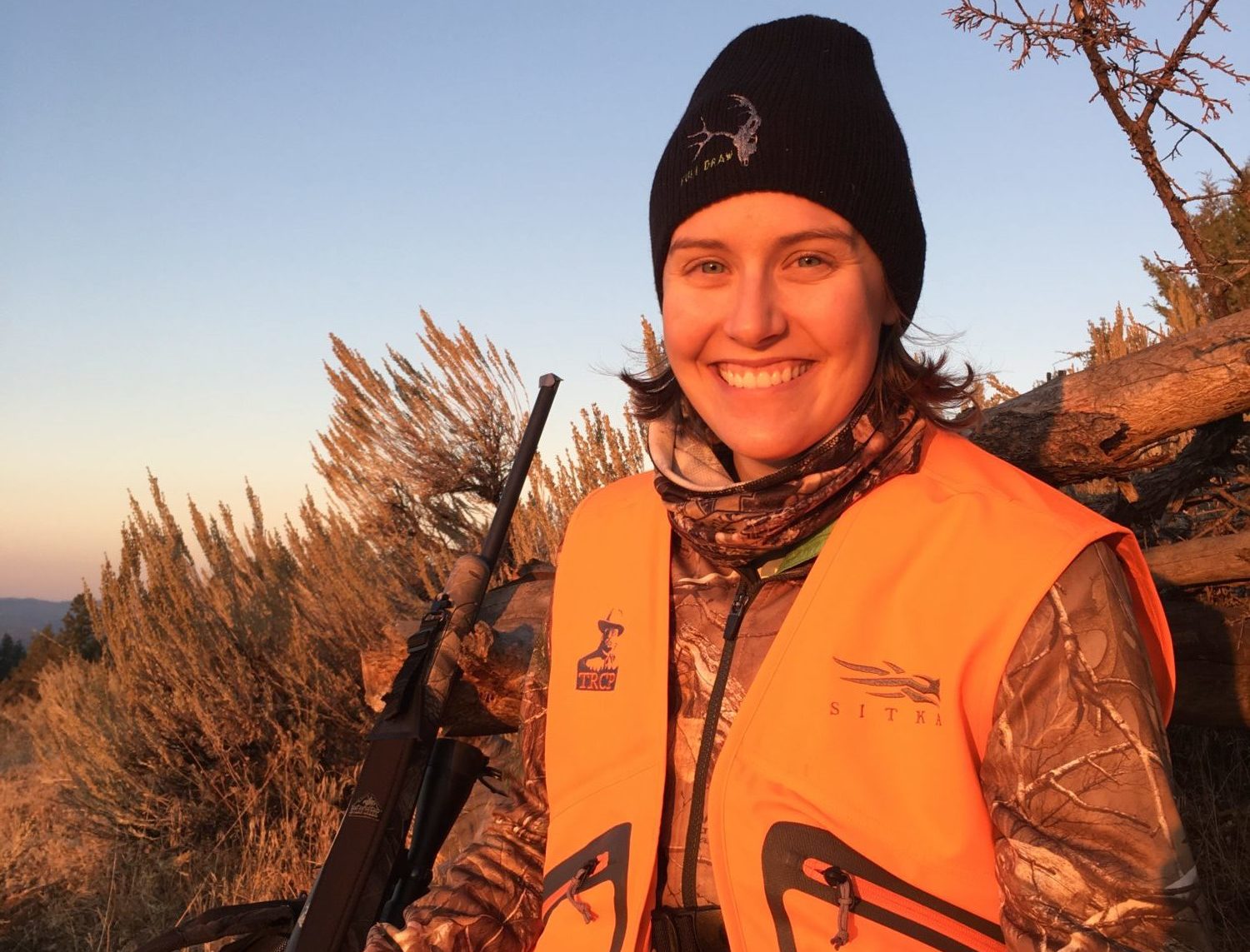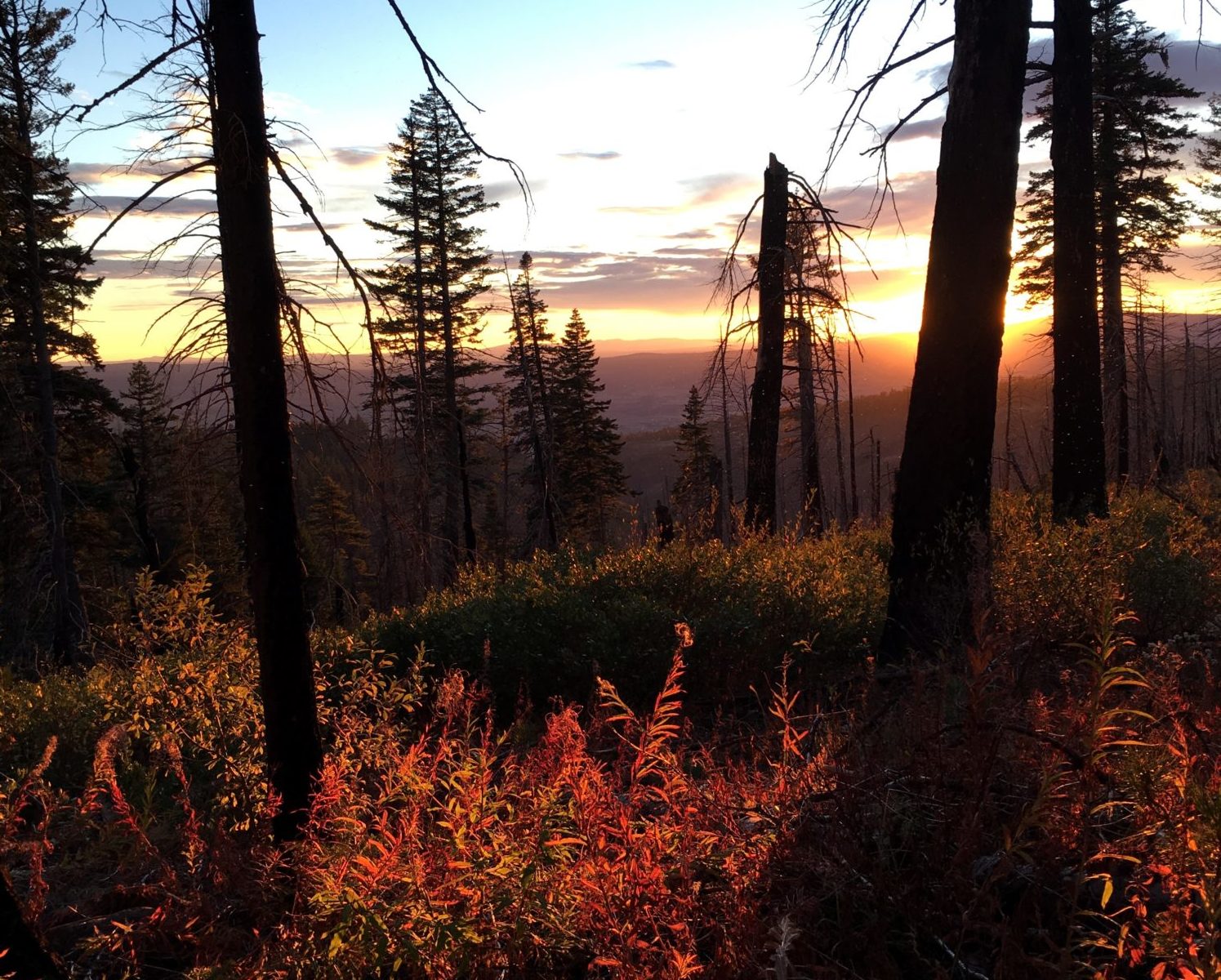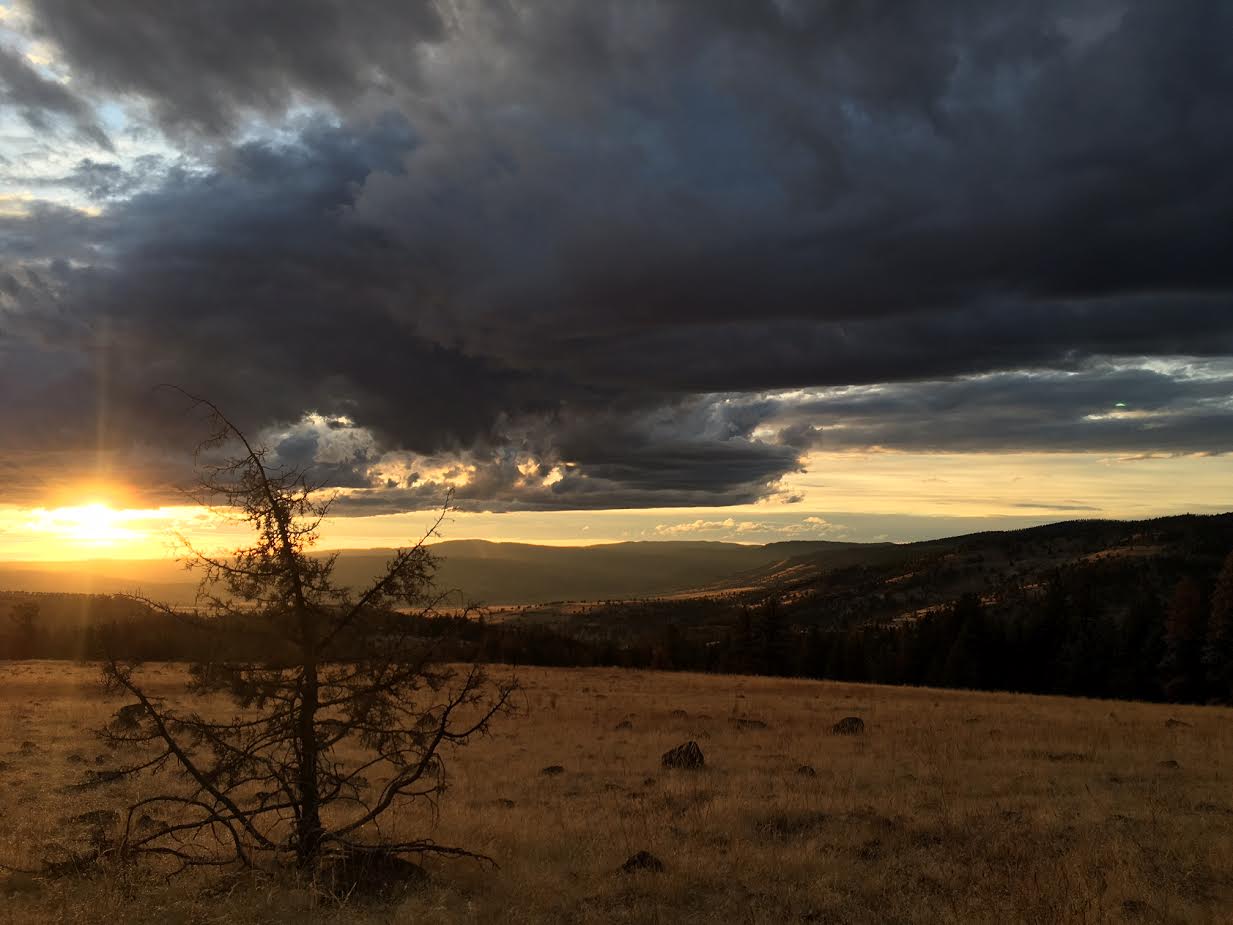A woman’s first mule deer hunt in Oregon takes her from hunting skeptic to #PublicLandsProud convert
This fall, I did something I never thought I would do—I went hunting.
I didn’t grow up with hunting traditions. In fact, five years ago, my opinion of hunting was probably more aligned with a stereotype than it was based on an actual person or group of people I knew who hunted.
Then I met Kevin, and suddenly found myself dating a hunter. You know him as TRCP’s Western field associate.
Through Kevin’s passion for hunting and the outdoors, I found myself immersed in a new world. We cooked wild game together, and I sat in on fascinating conversations among his friends regarding hunting ethics, outsider perceptions, and conservation.
I began to see hunting as a culture, and it changed my perspective enough that I thought about giving it a try myself.

A Humbling Hunt
This fall, against all odds, I drew tags for a mule deer buck and cow elk in Oregon—something that I hadn’t totally prepared for, especially since we wound up moving to Missoula, Mont., right before the season started. On the long drive back to the Beaver State, I studied YouTube videos on how to quarter a deer and pondered if there were any quick car exercises that could make up for my woeful lack of preparation in the physical fitness department.
We met up with Alex, a friend from Oregon, and made camp. This was Alex’s third year hunting mule deer, though he had yet to harvest one. Still, I remained confident—how hard could it be?
Sitting against a tree on opening morning, I listened to the forest waking up all around us as the sun rose over the mountains, and I felt a sense of awe. The landscape was breathtaking. If it weren’t for the tag in my pocket, I wouldn’t have seen that sunrise or experienced any of the lessons I learned that day. I was starting to understand what Kevin and his friends had been going on about.

I had no luck on opening day, but each encounter with an animal renewed my sense of excitement. As we crept up over a hill in late morning, Kevin stopped abruptly and whispered, “I see one.” I craned my neck to spot the animal he was looking at, adrenaline pumping. The deer was resting under a tree, partially obscured, but when its head turned, we both saw that it was a doe. That night, I remember having vivid dreams of seeing a buck instead and pulling off the perfect shot. When I woke up the next morning, I was giddy, ready to try again.
The next weekend, as Kevin and I were trudging up yet another steep hill while glassing the opposite hill for movement, our radio went off—Alex had shot a forked horn mule deer, his first! With no regard for any unseen animals that might be nearby, we whooped and hollered over the radio, sharing in his excitement. We got his coordinates and headed his way for the pack out.
I watched as Alex and Kevin field dressed the buck, seeing it transition from being an animal on the ground to different cuts of meat hanging from the trees. Alex kept the hide and cut out the ribs, wanting to savor each bit of his trophy and show full respect to the animal. By the time we loaded our packs and headed out with headlamps aglow, only a pile of guts and a few bones were left behind. For me, a big part of why I wanted to hunt was being able to provide my own meat and know where it came from. In today’s world where so much of our food processing is out of sight, this experience was the circle of life made tangible—an eye-opening experience of hunting for food and wasting nothing.
Lessons Learned

Although I never did pull the trigger, being a witness to Alex’s achievement was enough to get me hooked, though I don’t know if I’ll ever be obsessed with it the way Kevin is. Hunting is humbling in a way that I hadn’t expected. I went into it with starry eyes, thinking I would punch my tag on opening morning, but it wasn’t easy. I came back to camp at night tired, hungry, and cold. I can only imagine how difficult conditions would be without healthy habitat, plentiful big game, and access to public lands. So, you could say I learned the value of conservation at the same time that I was paying my dues in the field.
All in all, I was refreshed by the beauty and adventure of public lands, no matter the outcome. I’m aware now more than ever of the incredible bounty that public lands can provide, but I’ve also witnessed their fragility. The adventures I had this fall would not have been possible without them. Public lands are ours to enjoy, but first and foremost, they are ours to defend. I now truly know what it means to be #publiclandsproud, and I can’t wait to try again next fall.
Laura Sligh grew up in the tiny town of Holland, Mich. and currently lives in Missoula, Mont. When she’s not adventuring on public lands with her boyfriend, TRCP’s Western field associate Kevin Farron, and black Lab Leo, she’s knitting baby hats with their cat on her lap, or trying to master a new wild-game recipe.










Great article, Laura! Well written and good observations as someone entering into this amazing field.
Nicely written, and congratulations on your first hunt. Welcome to the fold, keep at it and you will eventually connect. Happy New Year.
Glad to have a fellow female hunter going out in the field. You really captured the essence of the hunt. Nice job.
Really enjoyed this – what a well-written and thoughtful article. I’m not a hunter, but I appreciate what sportsmen/ women who hunt do to protect and conserve the public lands in the U.S. “I learned the value of conservation at the same time that I was paying my dues in the field” and “Public lands are ours to enjoy, but first and foremost, they are ours to defend” articulately sum up the importance of having a mindful and thoughtful plan for the governance and use of public lands. Well-done, Laura!